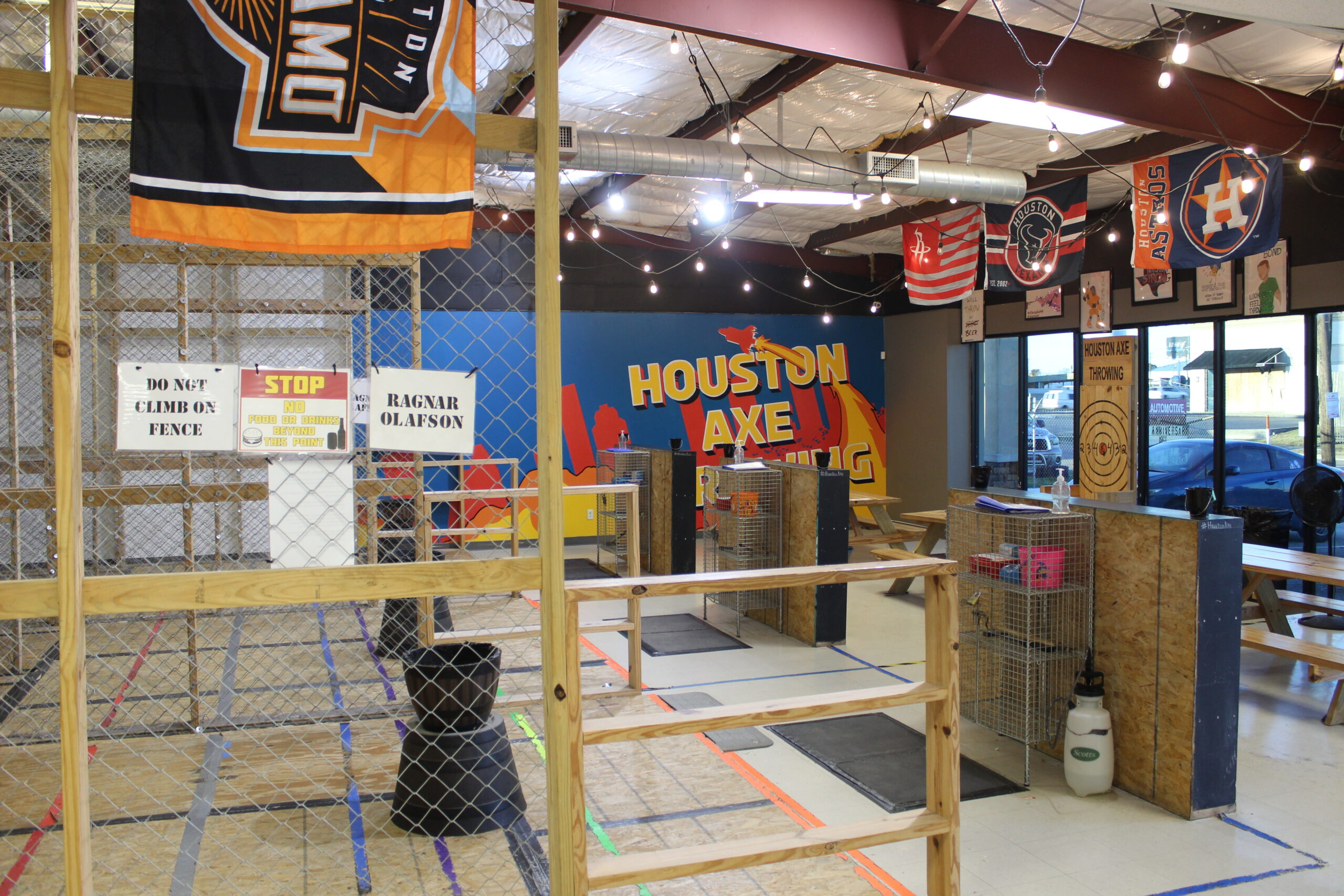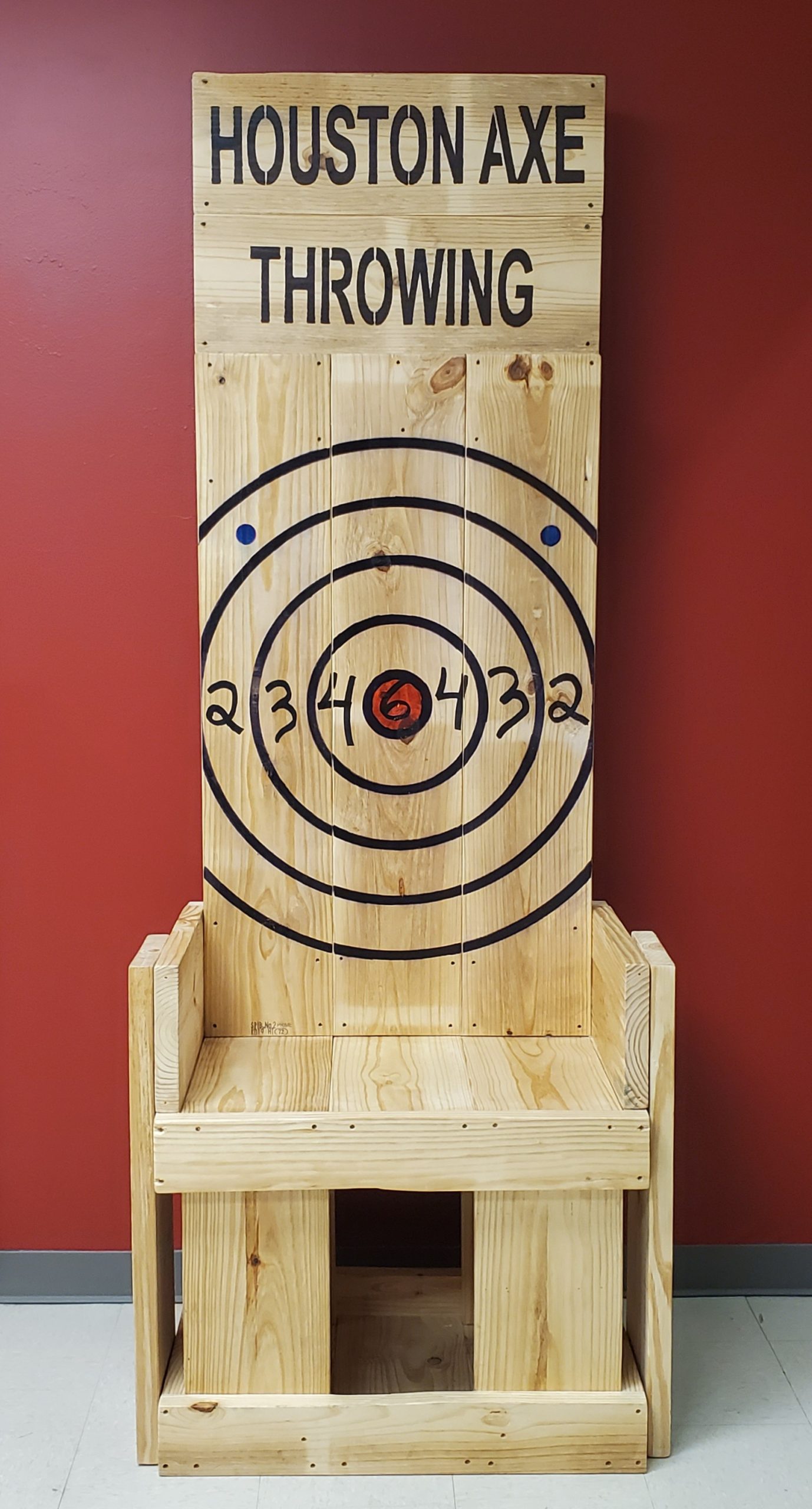TEAM BUILDING AT ITS FINEST
AXE THROWING:
Prepare for high intensity learning and pulse pounding adrenaline as you and your comrades learn to properly throw an axe and then compete in fun axe throwing themed games! Each member of your team will have to dig deep and call upon their inner woodland beast to prove themselves for this team builder. Strength, brains, fancy degrees and positions in the company are all left on the sidelines when each member steps into the arena. Axe Throwing can be done by anyone of any size, creating an equal playing field for everyone in your company.
SPLATTER PAINTING:
Now also offering Splatter painting! Release your inner Jackson Pollock as you fling paint at a canvas and create your own splatter art. We provide the canvases, paint, ponchos and everything you need to create your one of a kind art piece. The best part is that you leave the clean up to us!
2.5 Hour Adventure
$48Person
- Fully Guided
- Minimum of 8 tickets required per range
- 30 minute axe throwing lesson & practice
- 60 minutes of axe throwing games
- 60 minute double elimination tournament
1.5 Hour Adventure
$38Person
- Fully Guided
- Minimum of 8 tickets required per range
- 30 minute axe throwing lesson & practice
- 60 minutes of axe throwing games
1 Hour Adventure
27Person
- Intro Lesson & Coaching Included
- Minimum of 12 tickets required per range
- 5-10 minutes of safety training & technique
- 50-55 minutes of axe throwing
- Coach monitors multiple groups like a server waiting tables
45 Min Splatter Painting
27Person
- Intro & Setup Included
- Minimum of 8 tickets required per group
- Included per person: Shared splatter painting space, 1 8×10 canvas, 4 paint colors of your choice, 1 poncho, 1 goggles, an assortment of paint brushes and painting tools
- 5-10 minutes of prep & instruction
- 30-40 minutes of splatter painting
Add On Big Axe or Knife Lesson
5Person
- Guided Lesson
- Additional safety training, technique & equipment provided
- Axe Throwing reservations only













